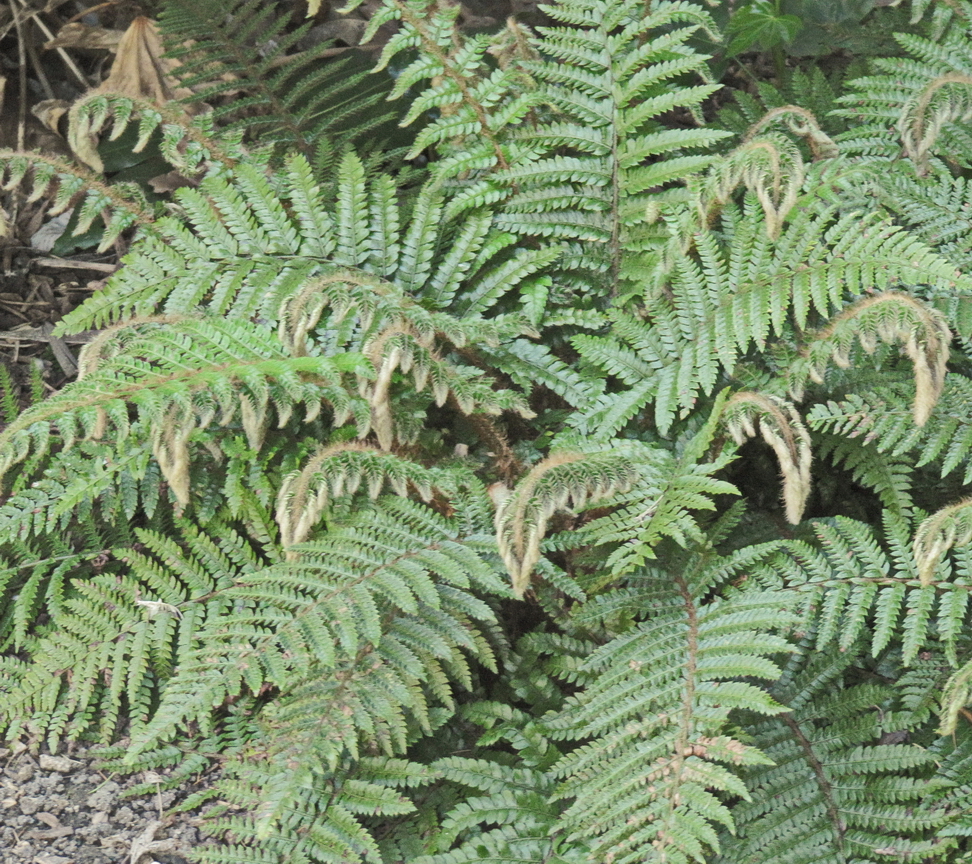We are often told how bad it is to keep sitting at the computer, but one good outcome at least is how some much interesting science news comes one’s way. One item dated 19 October 2015 from Radboud University (Nijmegen, the Netherlands) states:
A storm has been brewing, over why in Britain women are more opposed to fracking than men. Whether it is simply a storm in a teacup, or a mighty tornado, time will tell. Here are three articles in succession, two from the
Telegraph:Women ‘don’t understand’ fracking, leading scientist claimsAveril Macdonald, chairwoman of UK Onshore Oil and Gas, says women lack scientific understanding so follow their ‘gut instinct’.
G.K.Chesterton (1874 – 1936) visited the United States twice, in 1921 and 1930. I have recently been reading Sidelights on New London and Newer York and Other Essays, published in 1932 after his second visit.
One of the essays has particularly struck my attention:
During the morning of last Monday (28th September) in Europe and Africa, or the evening of the 27th in the Americas, we were treated to the spectacle of a total eclipse of the Moon, a so-called ‘supermoon’ because the Moon appeared a little larger than usual near its perigee, the point closest to Earth in its elliptical orbit. With the help of the British magazine Astronomy Now, helpful because along the with Daily Mail it was one of the few sources that gave the event timings in British time correctly, I set out to photograph it.
 Not So Elementary (the Cosmos, That Is)
Not So Elementary (the Cosmos, That Is) Carbon — to capture or not to capture
Carbon — to capture or not to capture Betelgeuse, Gamow, and a Big Red Horse
Betelgeuse, Gamow, and a Big Red Horse









